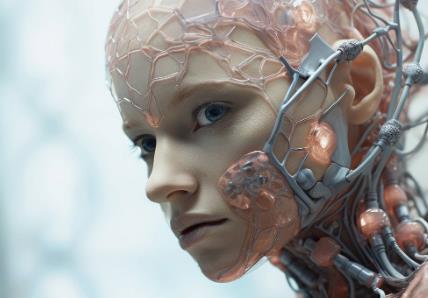Designing Emotions: The AI Challenge
The endeavor to embed genuine emotional capabilities into artificial intelligence represents one of the most intricate challenges in the field today. As AI systems, particularly AI girlfriends, grow more integrated into daily life, the push to design AI that can authentically replicate human emotions intensifies. This complex task not only requires technological ingenuity but also a deep understanding of the nuances of human feelings.

The Complexity of Human Emotions
Human emotions are multifaceted and complex, often influenced by a mix of external events and internal thoughts. To mimic this complexity, AI must be able to process a vast array of data points — from facial expressions and voice modulations to contextual understanding and cultural nuances. A recent study in 2032 reported that the latest AI models could identify and react to basic emotional cues with about 93% accuracy, a significant improvement from the 85% recorded five years earlier.
Programming Emotional Intelligence
Creating an AI girlfriend that can exhibit a plausible range of emotions involves sophisticated programming that extends beyond basic response mechanisms. Developers use machine learning algorithms trained on large datasets of human interactions to teach AI how to respond appropriately to various emotional stimuli. The challenge lies not only in response accuracy but also in ensuring that these responses are contextually and emotionally appropriate.
Ethical Implications
The drive to create emotionally intelligent AI brings with it profound ethical implications. There is an ongoing debate about the morality of AI that can mimic emotions — whether such capabilities might lead to misuse or misunderstanding. For instance, if AI can emulate empathy, could it potentially manipulate users' emotions for specific outcomes? As such, ethical guidelines are continually being developed to ensure that emotional AI operates within a framework that prioritizes human welfare.
Emotional AI in Practice
In practical terms, emotionally intelligent AI can offer substantial benefits. For example, AI girlfriends are used increasingly in therapeutic settings, where they help individuals manage loneliness, stress, and depression. Their ability to provide consistent emotional support is valued, especially in scenarios where human interaction is not possible or practical.
Future Directions
Looking forward, the field of emotional AI is set to expand. Innovations in neuroscience and psychology are expected to enhance AI's emotional capabilities further. This progress promises to make AI girlfriends even more adept at understanding and interacting with human emotions, potentially transforming them into more empathetic and supportive companions.
For those interested in the intersection of technology and emotional life, platforms like ai girlfriend showcase how far AI has come in understanding and replicating human emotions. As we continue to push the boundaries of what AI can achieve, the role of AI in our emotional lives seems poised for even greater expansion and significance.